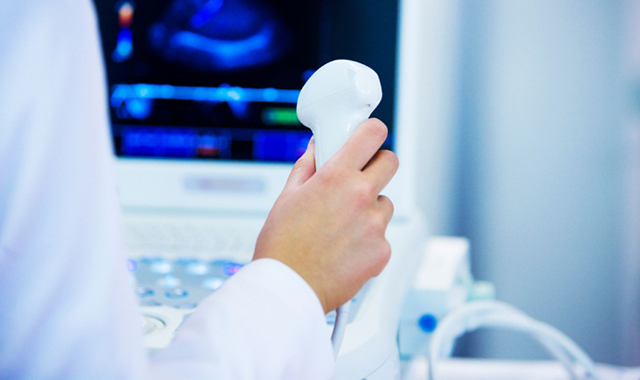Technology is revolutionizing every aspect of the healthcare industry and there is no stopping it. The ultrasound diagnostics industry, in particular, has gone so far as to dramatically transform the way doctors see through the human body, detect tissue abnormalities and accurately diagnose various health conditions.
How Technology Made Ultrasound Diagnostics Better
It’s great to see how this cost-effective and dynamic imaging modality has tremendously changed and enhanced over time. From Dr. Ludwig’s A-mode system in 1949 to robotic check-ups that have gotten better and more inclusive, thanks to the technological innovations brought together by the brilliant minds of the medical society. From the simple, smart system made from wood, modern ultrasounds are capable of capturing colored images inside the human body – immensely vivid as to help doctors correctly diagnose conditions that may not have been caught in other imaging modalities, such as the X-ray machine.
Here’s a summary of the technological innovations in ultrasound diagnostics and their impact on overall healthcare quality worldwide:
Contrast-Enhanced Ultrasound (CEU)
This breathtaking advancement allows doctors to detect and characterize different types of tissues – an ability that is not available in conventional sonography. Recently approved by the FDA, the use of CEU in the evaluation of adult and pediatric hepatic pathology is said to pave the way for a new era of ultrasound diagnosis.
Portability and Accessibility
Just like today’s telecommunication systems, ultrasounds are continuously evolving and becoming even more convenient. Modern machines are smaller (some are even made more compact as to produce handheld imaging devices), more powerful and reliable.
3D/4D Imaging Capabilities
The advent of 3D ultrasound technology has gone viral throughout the years, particularly among OB clinics. More than the joy and excitement it brings to parents, the 3D ultrasound imaging has greatly helped doctors detect superficial fetal defects, such as facial clefts. Furthermore, clinical studies have shown that it has a higher sensitivity for diagnosing secondary palate which is seldom detected by 2D ultrasounds. The real-time 3D imaging, also known as 4D imaging, is deemed to have benefits in promoting maternal-fetal bonding.
Cost-Effective Machine Maintenance
The widespread use of ultrasound in the healthcare industry led to profound innovation in the ultrasound supplies as well. Before, clinics rely on generic disinfectants. However, the delicate nature of ultrasound machines requires specialized cleaning formulations so as not to cause discoloring and cracking of the transducer. The arrival of specialized ultrasound wipes and gels in the market has been proven to increase the lifespan of the machines while reducing the risk of patient shock.
Speedy Image Processing & Automation
To produce high-quality diagnostic images, processing data at the right place and at the right time is important. One of the major impact of technological innovations in the ultrasound diagnostic industry is speedy image processing. Newer models incorporate graphical processing units (GPUs) like that in gaming software, to provide a faster and more accurate processing ability when it’s needed. From the standard 20-30 minutes in CPU, ultrasound machines can now process data in 6 minutes using a GPU. Furthermore, a cloud-based system that migrates images from the machine to a data bank on the computer improves clinic efficiency, reduces overhead, and lessens the risk of potential error.
There’s no doubt – the technology has dramatically revolutionized the ultrasound diagnostics industry. From being a basic yet smart machine made of wood, the continuing power of technology has made groundbreaking improvements in modern ultrasounds. Now, these machines are much more capable than ever. With groundbreaking innovations like the CEU, handheld imaging devices, specialized ultrasound machine supplies, 3D/4D imaging, and automation systems – clinics, hospitals and medical facilities are able to provide quality services that heal more patients and save more lives.






























